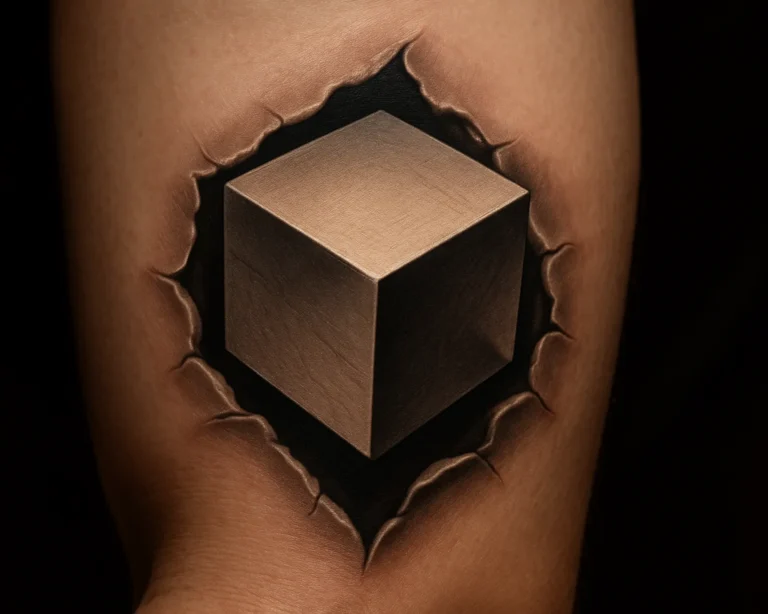Introduction
Choosing the right placement for your tattoo is just as important as selecting the design itself. The placement can affect how visible your tattoo is, how it ages over time, and even how much discomfort you might experience during the process. This guide will help you make an informed decision based on your lifestyle, pain tolerance, and design preferences.
Factors to Consider When Choosing Tattoo Placement
- Visibility
Think about whether you want your tattoo to be visible or easily concealed. If you work in a professional setting, you might prefer areas like the upper arm, back, or ribs where it can be hidden. - Pain Tolerance
Tattoo pain varies depending on the location. Areas with more muscle and fat, such as the thigh or upper arm, tend to be less painful, while bony areas like the ribs, ankles, and hands can be more sensitive. - Tattoo Size and Detail
Larger, intricate designs may require more space, making areas like the back, chest, or thigh ideal. Smaller, delicate tattoos can be placed on the wrist, behind the ear, or ankle. - Skin Movement and Aging
Consider how your skin may change over time. Areas with less movement, such as the forearm or calf, may retain the design’s clarity better than areas prone to stretching, like the stomach or upper thighs. - Personal Meaning
Some placements carry personal significance. For example, a heart tattoo near the chest may symbolize love, while an anchor on the forearm can represent stability.
Popular Tattoo Placements
- Forearm
A versatile area that offers good visibility and allows for a range of designs, from sleeves to small quotes. - Wrist
Ideal for small, meaningful tattoos that can be easily shown or covered with accessories. - Back
Perfect for large, detailed designs that can be hidden when necessary. - Ankle
A discreet spot that works well for minimalist designs. - Thigh
A larger canvas that offers flexibility for intricate and detailed tattoos. - Behind the Ear
A subtle and trendy choice for small symbols or minimalist designs.
Tips for Choosing the Right Spot
- Try temporary tattoos to visualize how the design looks in different locations.
- Consult your tattoo artist for recommendations based on the design and your body type.
- Consider the healing process and how the placement might affect daily activities.
Conclusion
Selecting the right tattoo placement ensures that your ink complements your body and lifestyle while maintaining its longevity and appeal. Take your time, explore options, and consult with an experienced tattoo artist to find the perfect spot.





